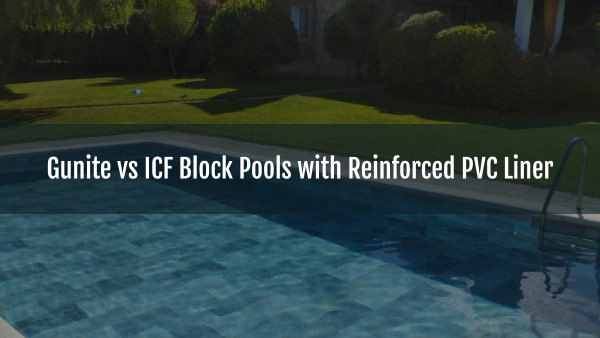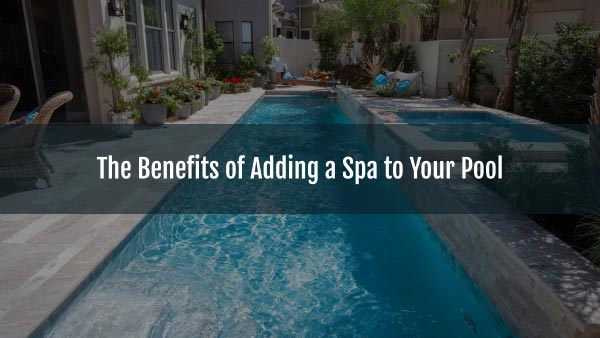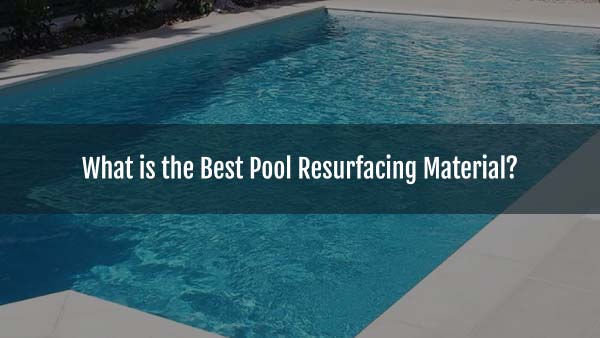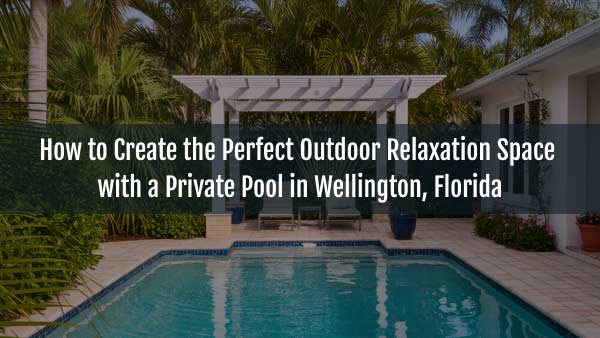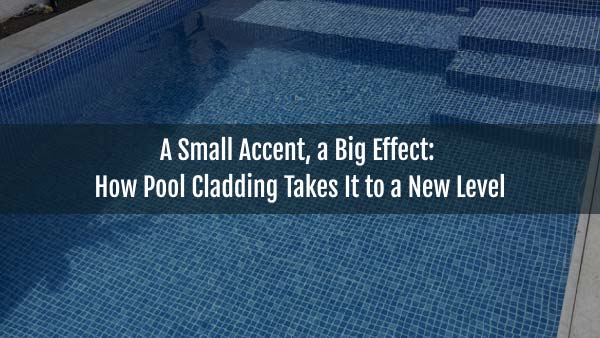Building a backyard pool is an exciting investment that can increase your home’s value, provide endless enjoyment, and create a space for relaxation or entertainment. However, one of the most critical decisions you’ll face is determining the right pool size. A pool that’s too large can strain your budget and space, while one that’s too small may not meet your needs. To make an informed choice, homeowners should ask three key questions: What is the primary purpose of the pool? How much space and budget are available? And who will be using it? This article explores these questions to help you select the ideal pool size for your lifestyle and property.
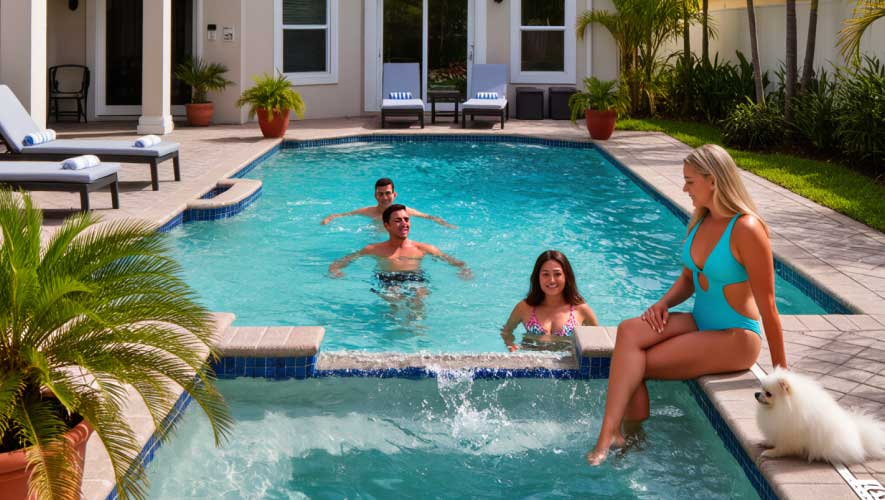
Question 1: What Is the Primary Purpose of the Pool?
The intended use of your pool significantly influences its size and design. Different activities require specific dimensions, depths, and layouts, so clarifying your goals is essential.
- Recreational Swimming and Relaxation:
- If your pool is for casual swimming, lounging, or family fun, a medium-sized pool (e.g., 15×30 feet) with a shallow end (3–4 feet) and a deeper section (5–6 feet) is often sufficient
- These pools accommodate floating, light play, and cooling off without requiring excessive space or maintenance
- Consider adding features like a tanning ledge or built-in seating for relaxation
- Exercise or Lap Swimming:
- For fitness-focused pools, prioritize length over width. A lap pool, typically 10×40 feet or longer, with a consistent depth of 4–5 feet, is ideal for swimming laps
- Swim spas (12–20 feet long) are a compact alternative, offering resistance jets for exercise in smaller yards
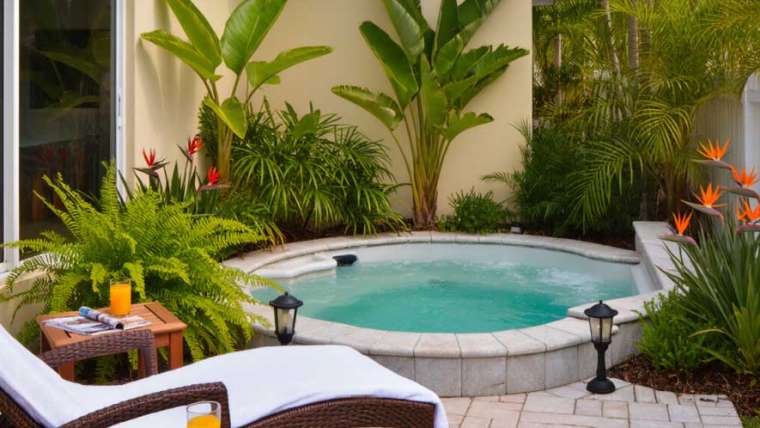
- Entertaining and Social Gatherings:
- If hosting parties is a priority, a larger pool (e.g., 20×40 feet) with varied depths (3–8 feet) supports group activities like volleyball or diving
- Ensure space for decking or a patio to accommodate guests, which may impact the pool’s footprint
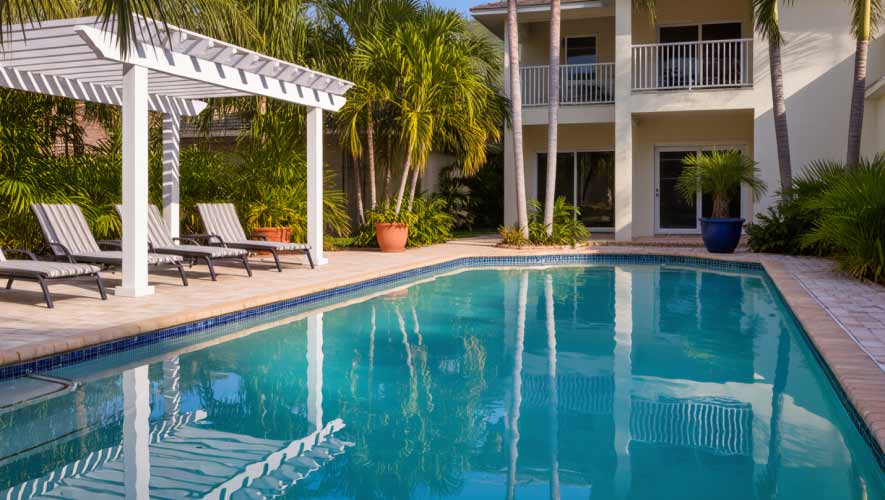
- Aesthetic or Luxury Appeal:
- For homeowners seeking a visual centerpiece (e.g., infinity or freeform pools), size depends on design goals. Smaller pools (10×20 feet) can still stand out with unique shapes or features like waterfalls
- Larger pools enhance grandeur but require more maintenance and space
Key Consideration: Align the pool size with its primary function to avoid overspending on unused space or outgrowing a too-small pool.
Question 2: How Much Space and Budget Are Available?
Your property’s size and financial resources play a major role in determining pool size. Balancing these constraints ensures a practical and sustainable project.
- Backyard Space:
- Measure available space, accounting for setbacks (local zoning laws often require 5–10 feet from property lines or structures). A typical in-ground pool ranges from 10×20 feet (small) to 20×40 feet (large)
- Small yards may suit plunge pools (8×12 feet) or swim spas, while larger properties can accommodate expansive designs
- Consider additional features like decking, fencing, or landscaping, which reduce available pool space
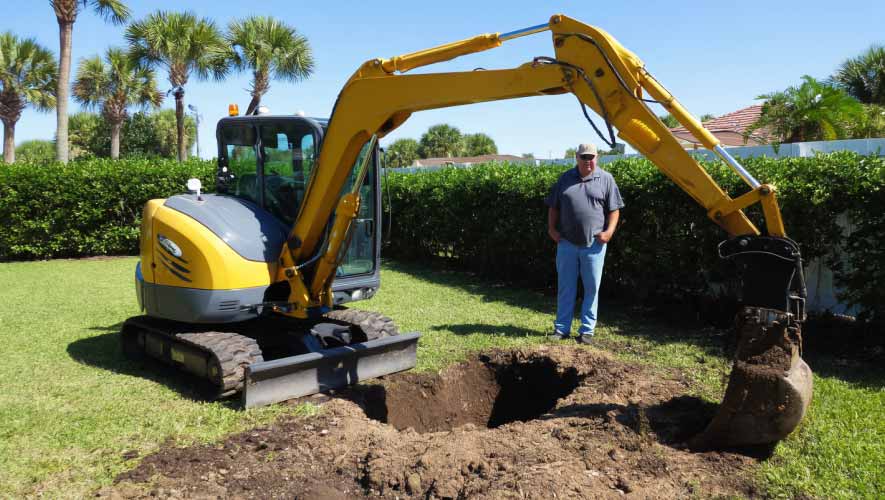
- Budget Constraints:
- Pool costs vary by size and material. For example, a 15×30-foot in-ground pool with plaster might cost up to $80,000, while larger pools or premium materials like tile can exceed $400,000. Using a thick reinforced PVC membrane, such as Cefil 60 mil pool liner, can significantly reduce construction and maintenance costs
- More budget-friendly options, like smaller pools or above-ground pools, start at $15,000–$20,000
- Factor in ongoing costs (maintenance, heating, cleaning), as larger pools are more expensive to maintain
- Permits and Regulations:
- Check local building codes, which may limit pool size or depth. Some areas restrict deep pools (over 8 feet) due to safety concerns
- Accessibility features, like ramps or shallow entries, may require extra space to meet regulations
Key Consideration: Map out your yard and set a realistic budget, including installation and long-term costs, to determine a feasible pool size.
Question 3: Who Will Be Using the Pool?
The pool’s users—whether family, friends, or yourself—affect its size, depth, and safety features. Tailoring the pool to its primary users ensures it meets everyone’s needs.
- Families with Young Children:
- Choose a pool with a large shallow area (3–4 feet deep) for safe play, typically 12×24 feet or larger to accommodate kids and adults
- Avoid deep ends (over 6 feet) unless diving is a priority, and include safety features like gradual slopes or non-slip surfaces (e.g., PVC membranes with anti-slip textures)
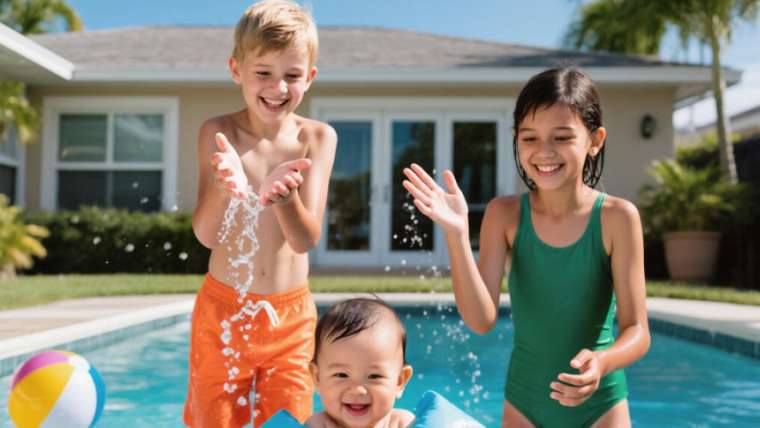
- Adults or Older Users:
- For adult-only pools, consider smaller sizes (10×20 feet) for relaxation or exercise, with depths of 4–5 feet for easy entry and exit
- Features like handrails or built-in steps improve accessibility, especially for seniors
- Frequent Entertainers:
- If the pool will host large groups, a larger pool (18×36 feet or more) with a mix of shallow and deep areas supports diverse activities
- Ensure enough deck space for lounging or social areas, which may reduce the pool’s footprint
- Mixed or Multi-Generational Use:
- A versatile pool (e.g., 15×30 feet) with a gradual slope from 3 to 6 feet caters to kids, adults, and seniors, balancing safety and functionality
- Consider adding a spa or hot tub for multi-season use, which may affect overall size planning
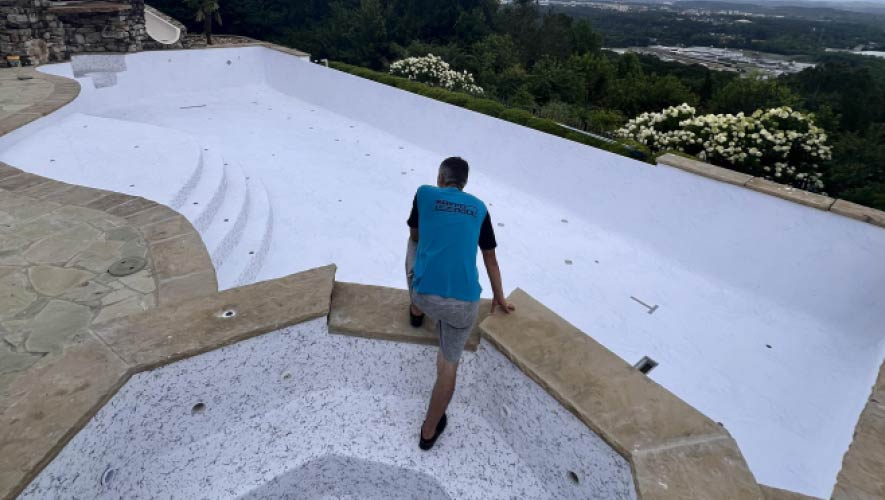
Key Consideration: Design the pool size and features to match the age, abilities, and activities of primary users to maximize safety and enjoyment.
Additional Tips for Choosing Pool Size
- Consult a Professional: Work with a pool contractor (e.g., SAKKOPOOL) to assess your yard, budget, and needs. They can recommend sizes based on local regulations and your goals. Partnering with an experienced pool construction company also ensures high-quality materials, proper installation, and long-term durability.
- Future-Proof Your Design: Consider long-term needs, such as growing families or resale value. A medium-sized pool (15×30 feet) often balances versatility and cost
- Visualize the Layout: Use stakes or markers to outline the pool’s footprint in your yard to ensure it fits aesthetically and functionally
- Balance Pool and Deck Space: Allocate space for decking, seating, or landscaping to create a cohesive backyard oasis without overcrowding
Have Questions?
Talk to our specialist! Just fill out the form, and we’ll give you a call!
Conclusion
Determining the size of your future pool requires careful consideration of its purpose, available space and budget, and intended users. By asking these three questions—What is the pool’s primary purpose? How much space and budget are available? Who will be using it?—you can choose a size that fits your lifestyle and property. Whether it’s a compact pool for relaxation or a large one for entertaining, aligning your decision with these factors ensures a rewarding investment. If you live in Florida, choosing trusted pool builders in Wellington can make the entire process smoother and tailored to your property’s specifics. Consult a professional to refine your plans and bring your backyard dream to life.

